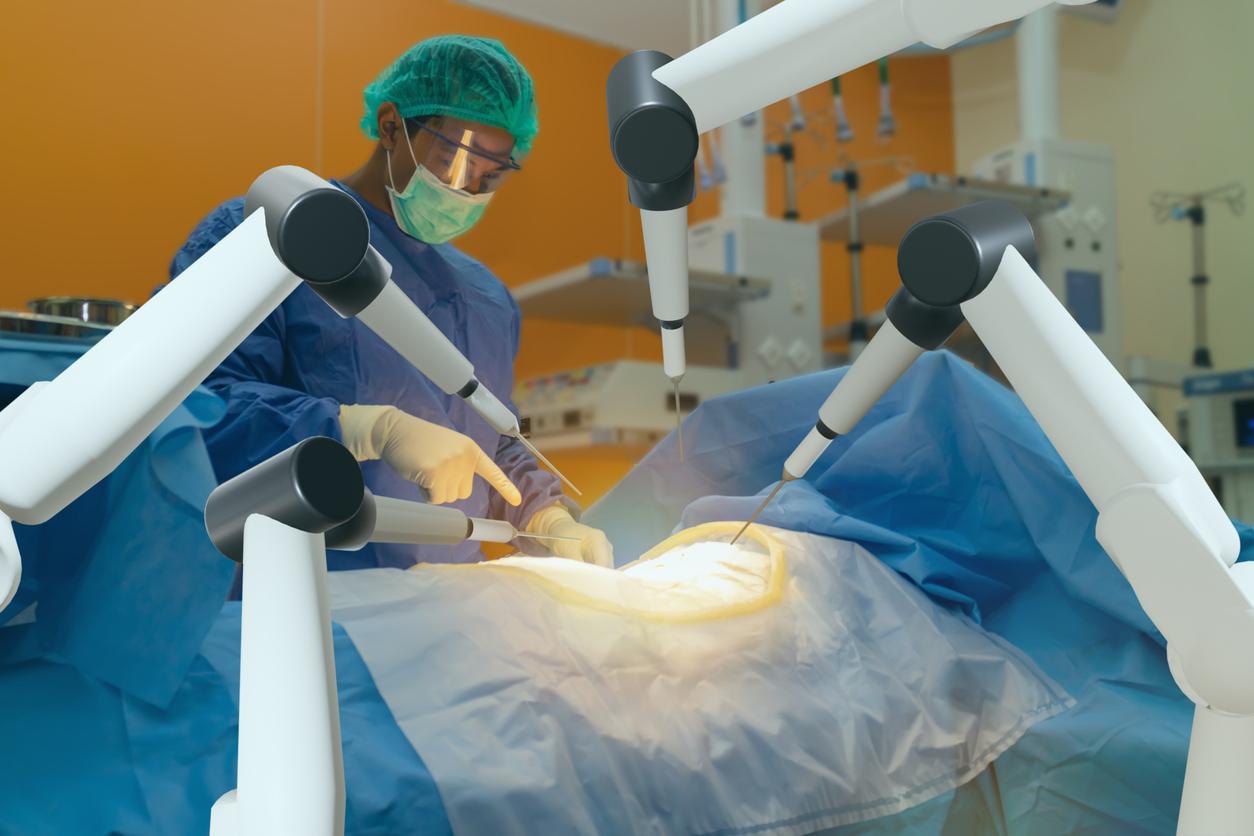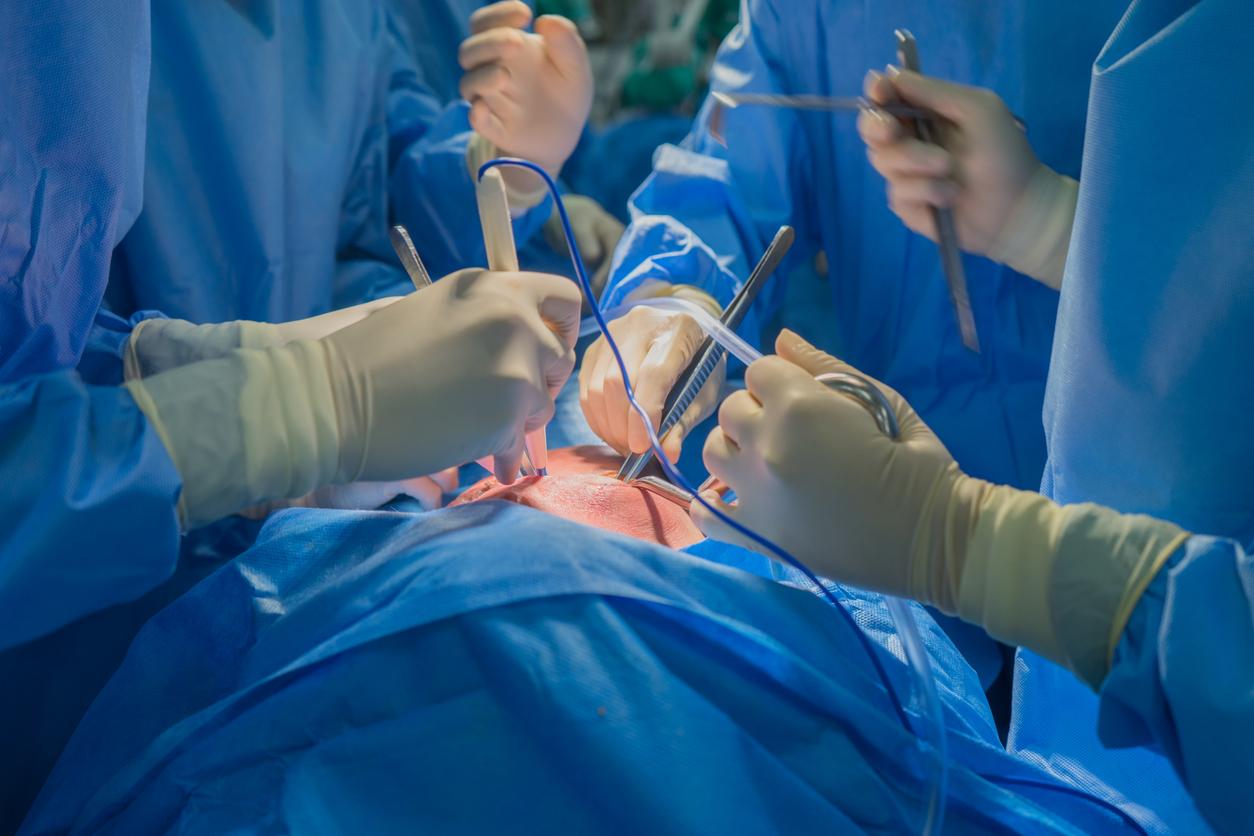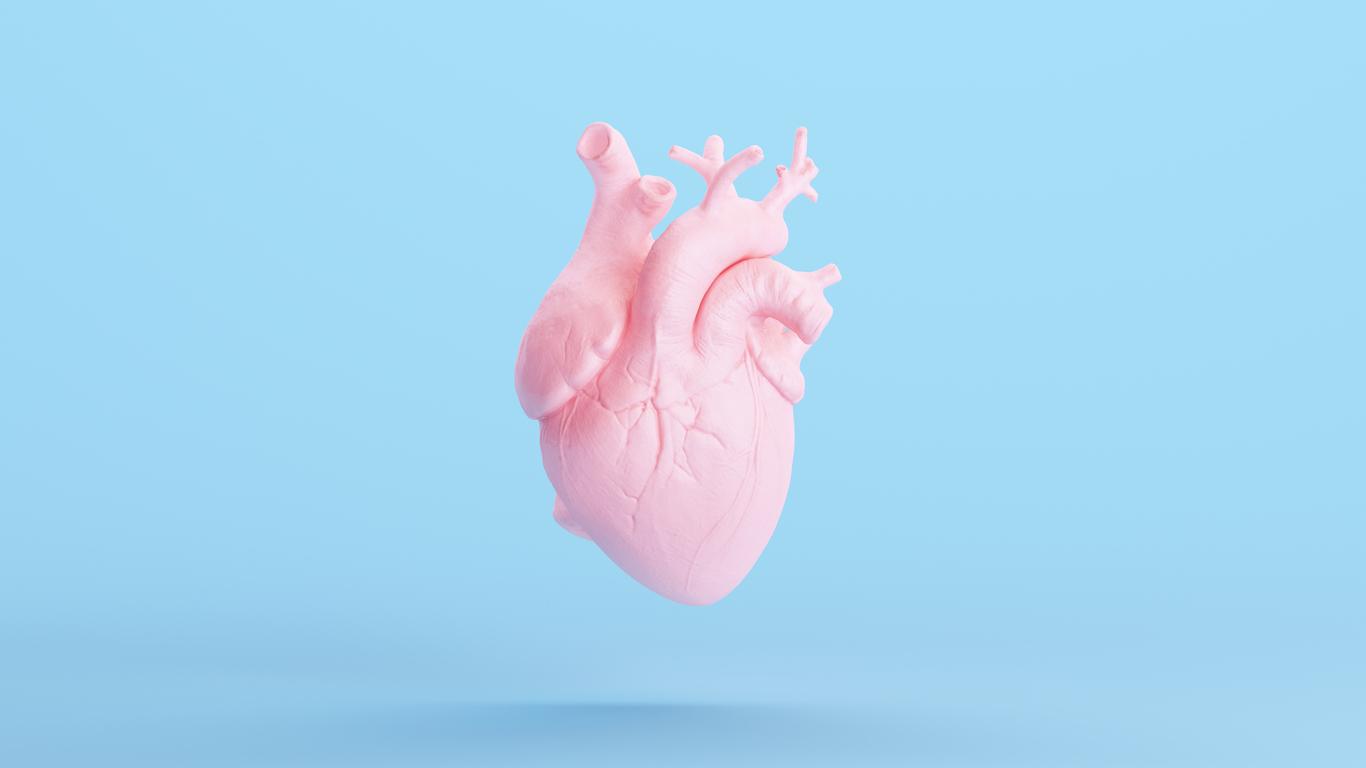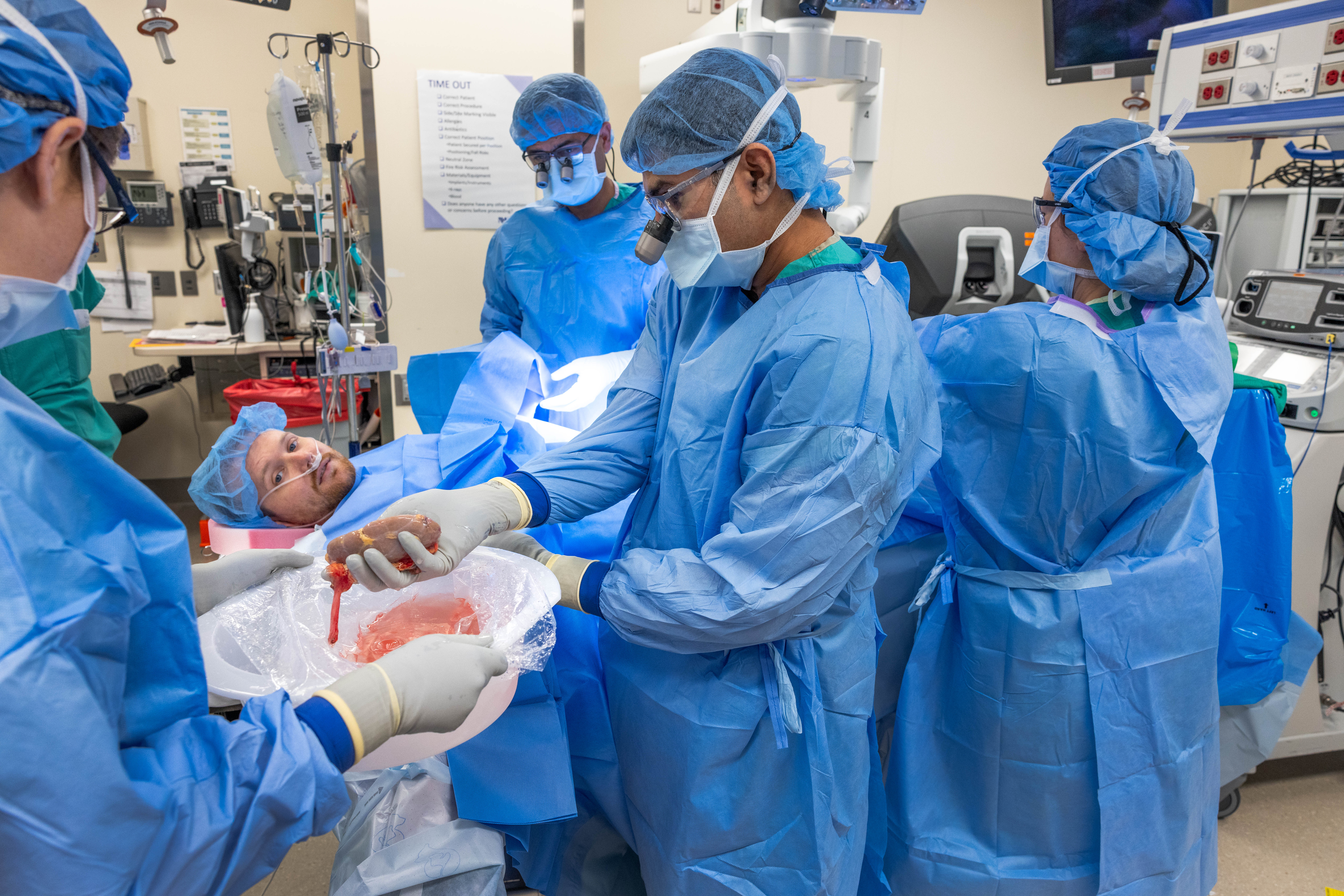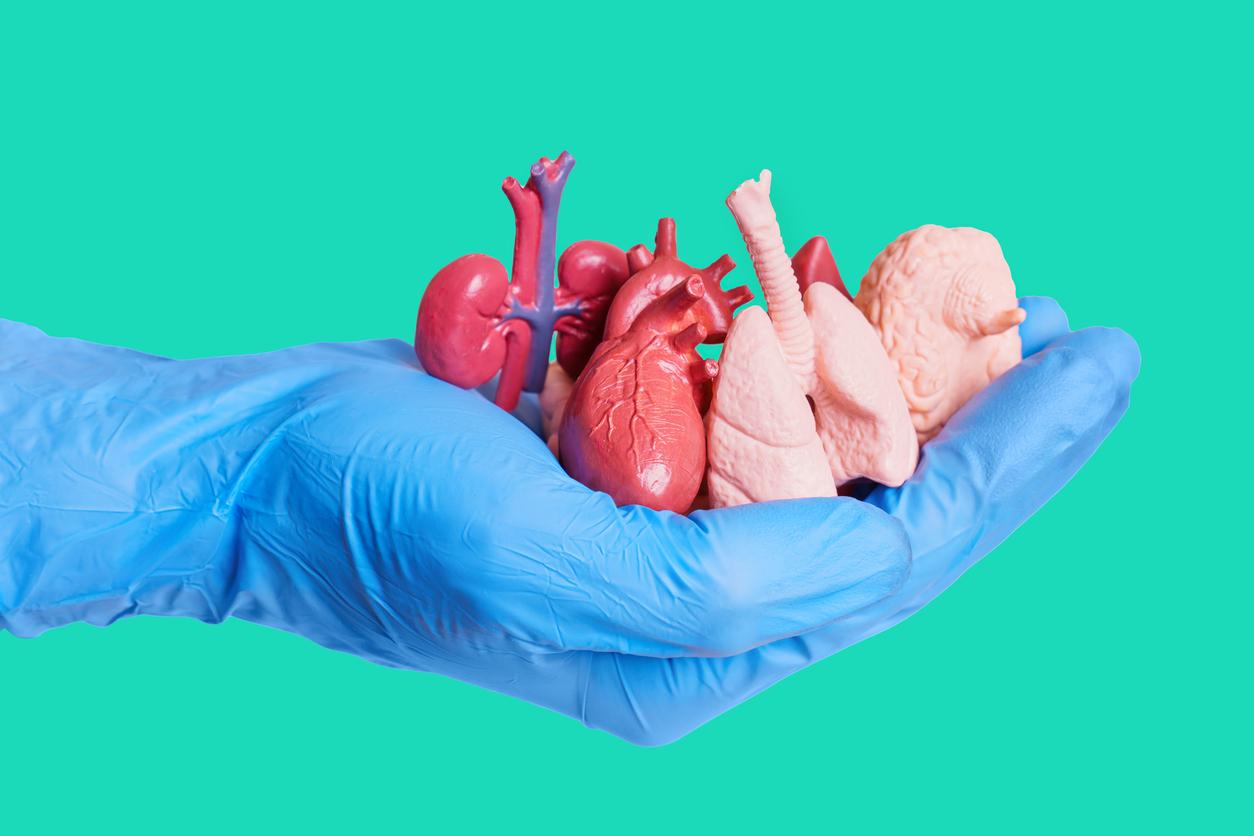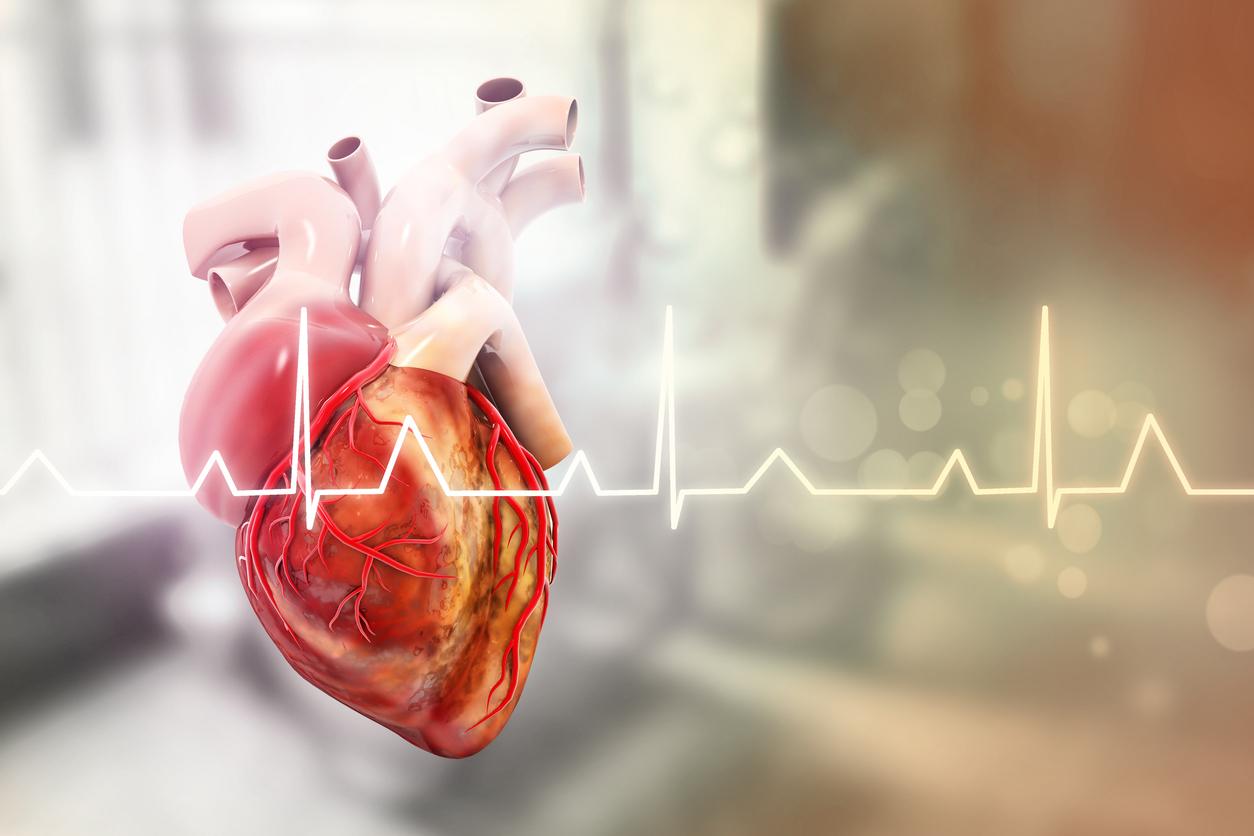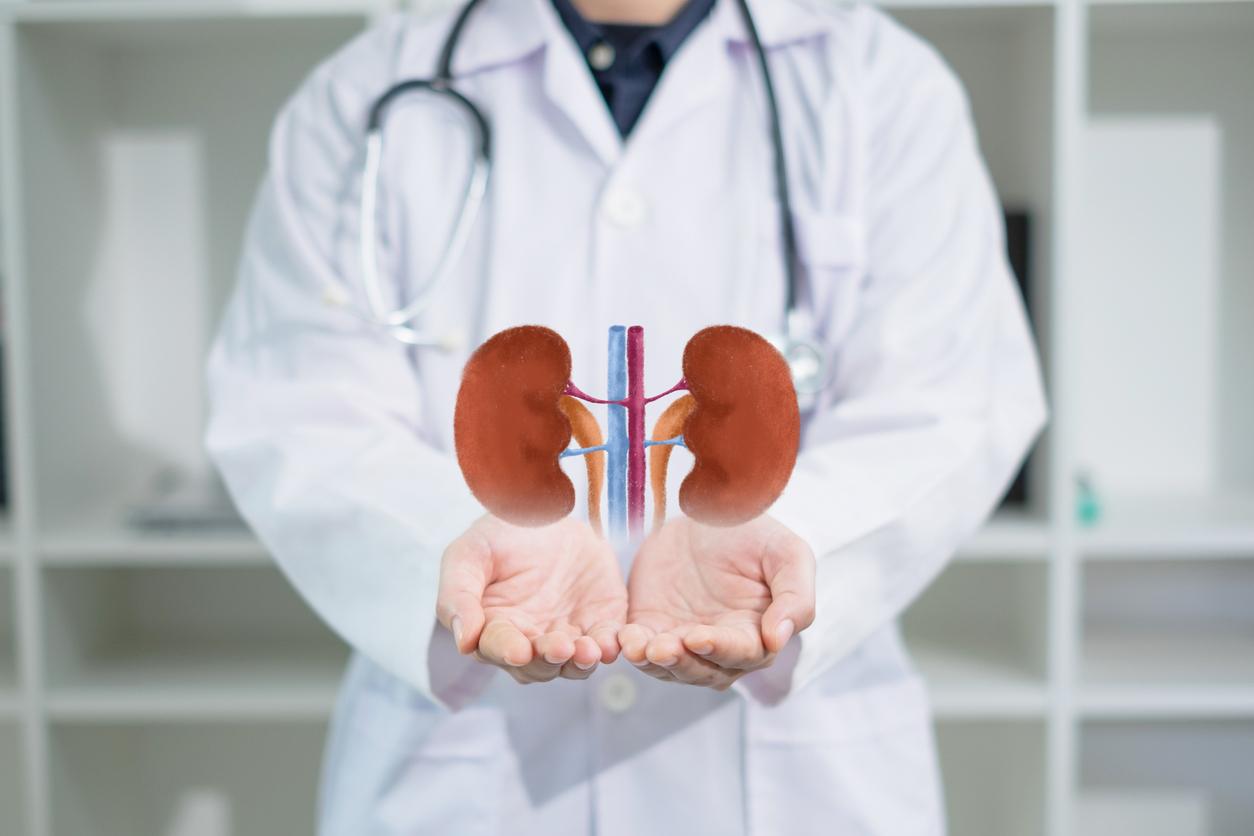For the first time, a French cardiology team has succeeded in transplanting a heart that has remained perfused for several hours due to the long distance separating the donor from the recipient. This technique, already used abroad, should facilitate heart transplants.
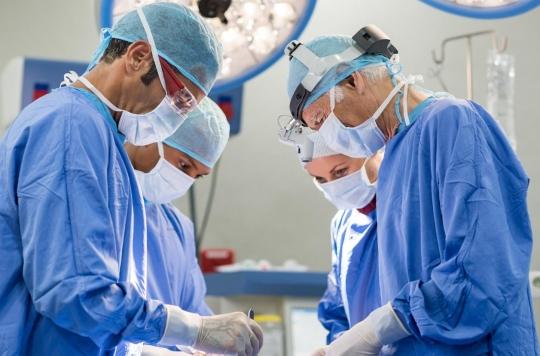
The team of the new Institut Cœur Lung of the Lille University Hospital can boast of a great success. That of having managed for the first time in France to perform the transplantation of an “isolated perfused heart” transported over long distances.
Less risk of failure
But why is this transport technique, already used abroad, so revolutionary? Called “Organ Care System” and already tested in countries larger than France, such as the United States, Kazakhstan and Australia, it consists of “perfusing the beating heart of the donor with oxygenated blood before the transplant, and this throughout the transport time. It is an alternative to the usual technique which consists in keeping the heart stopped in ice”, details the Lille University Hospital in a press release.
This device, which keeps the heart in optimal temperature and oxygenation conditions, should make it possible to increase the number of successful heart transplants. Indeed, until now, the length of time the heart has been stored outside the body has been one of the main risk factors for transplant failure.
“With this technique, the duration of transport no longer has the same level of risk, and the theoretical limit of 4 hours of transport in the ice is extended beyond 6 hours”, rejoices the cardiology team.
An increase in the number of donors
As specified The voice of the North, the Organ Care System technique should make it possible to increase the number of potential donors by collecting those whose heart has stopped. It is therefore a real hope because France is currently experiencing a shortage of grafts. Currently, the Biomedicine Agency estimates that there are two candidate recipients for a single donor. In England, the Organ Care System technique has increased the number of successful heart transplants by 30%.
Today, this new preservation method is not reimbursed by health insurance. But future heart transplant recipients from the Lille University Hospital – six in all this year – will be able to benefit from full care thanks to a specific budget.
“Without the investment of the CHU via its Budget for Innovation, we would not have been able to use this expensive technique. With the triple objective of securing the transplant, increasing the number of donors, and improving the results of the transplant, this technique represents real hope,” rejoices Professor André Vincentelli, cardiac surgeon at the Lille hospital.
.







